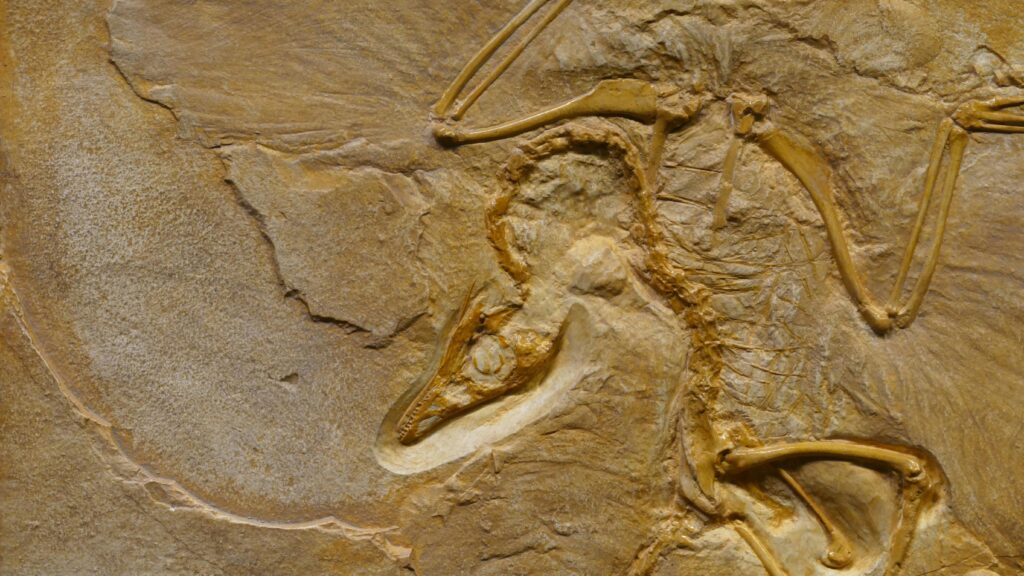
- Mission Overview: NASA’s Perseverance rover is on a mission to search for signs of past life on Mars.

- Destination: The rover has reached Jezero Crater, selected for its ancient muds and sediments left by a river over 3 billion years ago.

- Fossil Search Strategy: Perseverance is outfitted to identify potential fossils and gather samples for thorough examination back on Earth.

- Recent Sample Collection: NASA has reported the retrieval of a fascinating sample named “Comet Geyser,” acquired from an outcrop known as Bunsen Peak near the crater’s rim.

- Sample Composition: Analysis reveals that the Bunsen Peak sample is rich in carbonate minerals, cemented together with silica.
- Astrobiological Significance: Carbonate-Rich Rocks and Their Potential for Supporting Ancient Life

- Preservation Potential: Enhanced Preservation Potential of Fine-Grained Carbonates with Silica Cement
- Importance of Sample Return: The Critical Importance of Returning Samples to Earth for Comprehensive Analysis and Unveiling Mars’ Geological History
- Funding Challenges: Despite the Scientific Importance of Mars Sample Return, Funding Challenges and Job Losses at NASA’s Jet Propulsion Laboratory Highlight the Need for Sustained Support for Planetary Exploration





More Stories
NBA Playoff Recap: Mavericks Eliminate Clippers; Magic Extend Series to Game 7
New Movie Review: ‘The Idea of You’ – A Delightful Guilty Pleasure,2024
Groundbreaking: Orangutan Uses Medicinal Plant to Heal Wound – A World First